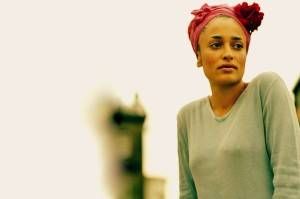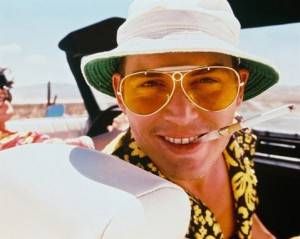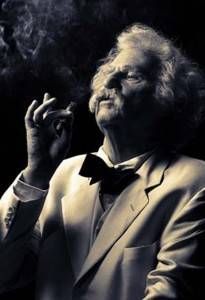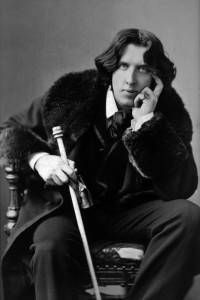
Take A Walk Amongst The Best-Dressed Writers
Retire forever the stereotype that writers are shlubs! With their use of fabric and “the fabric of language,” (as Samuel Beckett put it) the best-dressed writers like Gay Talese, Zadie Smith and Joan Didion (who did an ad campaign for Celine) are resplendent; the opposite of the stereotype that writers are ink-stained, sweatpanted, mole people.
Terry Newman’s Legendary Authors and The Clothes They Wore is a literary catwalk showing off the best-dressed writers’ sartorial chops.
What Writers Wear
Do the clothes make the writer? Diana Vreeland, Vogue magazine’s legendary former editor-in-chief quipped, “Where would fashion be without literature?”
Reviewing the book for The New York Times, Vanessa Friedman wrote, “What? you say. Writers and the clothes they wore? But isn’t one of the great benefits of being a writer that what you wear doesn’t matter, because you are hidden away in your house? That it’s your words that go into the world, and your image remains behind?”
However, often writers’ styles are as enduring as their literary oeuvres. Here’s looking at you, Hemingway’s beard! Here’s looking at you, Hunter S. Thompson!
There is Samuel Beckett’s “seductive utility-look,” Sylvia Plath’s armor of a “twinset and pearls” that (according to Newman) “she used to disguise her feelings,” Mark Twain’s suit made out of linen “so bright it hurt your eyes to look at it,”
and what Newman calls David Foster Wallace’s “hell-yeah bandana.”
Of course there is the drop-the-mic style of Oscar Wilde. The Ever Quotable didn’t even really like fashion, notes Newman. Wilde hewed to a uniform of “velvet cape, breeches, sunflowers, and silk stockings,” even before it was chic to repeat.
Fashion, according to Wilde, was “merely a form of ugliness so absolutely unbearable that we have to alter it every six months.”
In 1925 Virginia Woolf wrote, “Vain trifles as they seem, clothes have, they say, more important offices than merely to keep us warm. They change our view of the world and the world’s view of us.” Woolf even had a term for it. It wasn’t “fashion psychology,” as we call it today, but the lit-from-within phrase, “frock consciousness.”
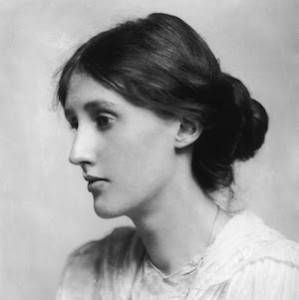
Virginia Woof: known for low bun and long cardigans



